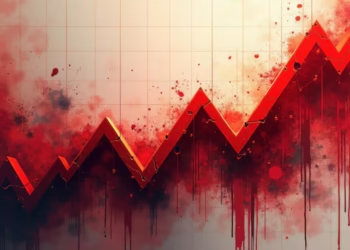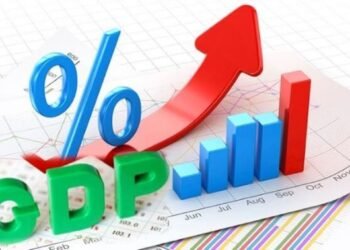The Bank of Ghana has maintained its position on consumer inflation, predicting that it will stay within the medium-term objective of 8% plus or minus with a 2% band in the near term – barring any unexpected surprises.
According to the bank, food prices will be the main driver, as they reflect current supply shocks that are projected to exert upward pressure on food prices. The most recent forecast is based on recent developments in average price movements which caused inflation to rise to 11% in October 2021, up from a low of 7.5 percent in May 2021.
According to the central bank’s inflation outlook and analysis, “food inflation is forecast to remain elevated in the near-term before declining to the central path in the medium-term. In contrast, non-food inflation is expected to stay close to the central path in the outlook”.
“Headline inflation is expected to ease to the central path in the medium-term as food price pressures abate. Imported inflation is expected to stay elevated in the near-term and exert some upward pressure on domestic prices before easing as inflation returns to target in trading-partner countries.”
Bank of Ghana
Already, per the Ghana Statistical Service’s (GSS) most recent inflation data, food’s impact on overall inflation has decreased, accounting for less than half of total inflation. The percentage of food inflation to overall inflation fell further in October, from 48.6 percent in the previous month to 44.9 percent. However, food inflation was -0.3 percent on a monthly basis, which is lower than the 12-month national average of month-to-month inflation.
In the short term, real-estate activity is projected to stay below capacity, according to the Bank of Ghana
“Economic activity is expected to moderate in the near term due to subdued real sector expectations deriving from weak business confidence, restrictive monetary conditions, rising ex-pump petroleum prices, and fiscal austerity.”
Bank of Ghana
In the short term, real estate activity is estimated to grow as firms hunt for new ways to cope with the pandemic’s effects. The key upside risks to inflation in the outlook, according to the bank, include rising global inflation, domestic food price pressure, and high ex-pump prices.
Due to decreasing domestic input costs, production costs in both the food and non-food industries are expected to remain low. However, when the economy improves, production costs are expected to progressively rise in the medium term.
According to the Ghana Statistical Service (GSS), inflation fell to 7.5 percent in May 2021 from 10.3 percent in February this year; however, it has since risen to pandemic levels, owing to rising non-food inflation.
Stability is best for inflation
According to experts, a consistent inflation rate of two to three percent is desired for a country’s economy to remain stable. Inflation is defined as an increase in the price of consumer goods and services over a set period of time. The excessive money supply is often the source of high inflation, which can lead to hyperinflation, which occurs when inflation rises too quickly and swiftly, devaluing the currency and causing a recession or even economic collapse.
Read Also: Scrap the E-levy now- UG Lecturer























